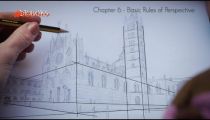The spirit of the Twentieth Century in a few rooms
From March 19 to July 24 Palazzo Strozzi – in Florence – hosts a great exhibition entitled “From Kandinsky to Pollock. The art of the Guggenheim collections”.
I’ve always been attracted by the so defined “Modern Art”, in all its expressions and art movements . It seems to me that some of these works can talk to me, and this happens with modern art paintings much more than with paintings from other art periods. Colors and shapes have this power of transmitting feelings and emotions.
The exhibition is a result of part of the collections of both Solomon Guggenheim and his niece Peggy, two extremely important figures of the XX Century, two passionate about Modern Art, two great collectors that helped the avant-garde to spread out in Europe and in the United States.
In the first spaces we find works that represent the beginning of the two collections, the one by Solomon – focused on the abstract, started in 1929 – and the one by Peggy – where she collected works of the many avant-garde movements, started in the Thirties. In particular, we can admire the Dominant Curve by Kandinsky (1936), the painting used in the publications of the exhibition at Palazzo Strozzi.
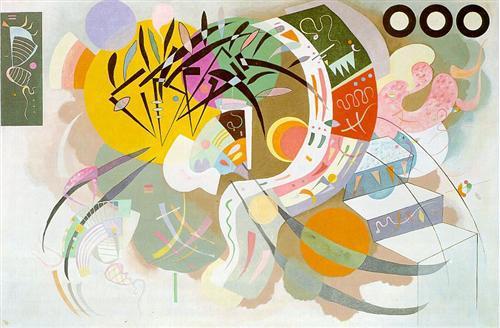
When the Second World War started, many European artists – also thanks to the help that Peggy gave them – emigrated in the USA. This emigration lead to an exchange, created the possibility of an influence between European and American art that brought to the birth of the American avant-garde, in particular to the post-World War II American art movement called “Abstract Expressionism”. At this point, one entire room is dedicated to Jackson Pollock, as one of the main American artist during that period.
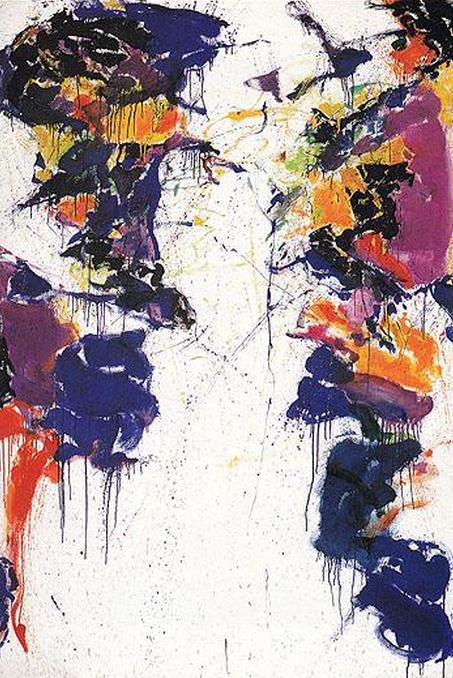
Sam Francis, Shining Back, 1958

Hans Hofmann, The Gate, 1959-1960
The exhibition now leads us from the period in between the Fifties and the Sixties – with the sunset of the “Abstract Expressionism” and the rise of an American painting style characterized by clear shapes and flat colors – to the beginning of the Sixties.
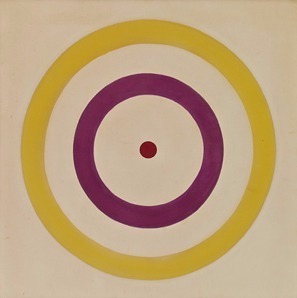
Kenneth Noland, Birth, 1961
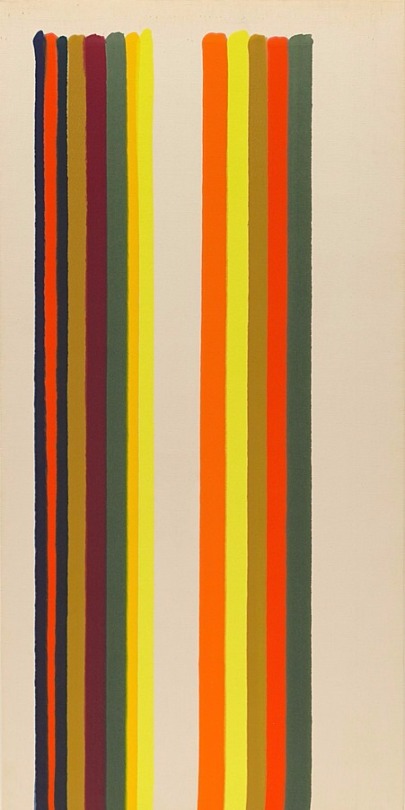
Morris Louis, #48, detail, 1962
After letting us perceive the spirit of a Century through its artists, the exhibition has its end with Preparedness by Roy Lichtenstein (1968), a painting that interrupts the artistic path that we covered since the avant-garde movements of the beginning of the XX Century, and that starts a new art movement, the “Pop Art”, along with a new era, the “Contemporary Art”.
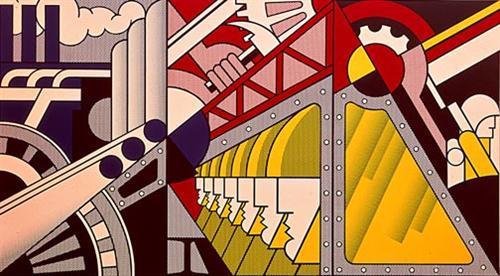
Chiara Ricchi,
Italian Language and Culture teacher









